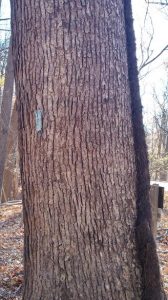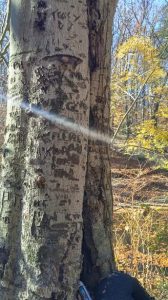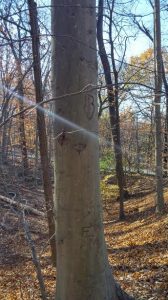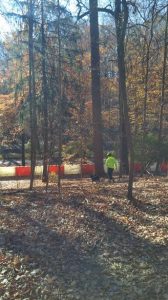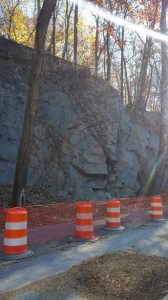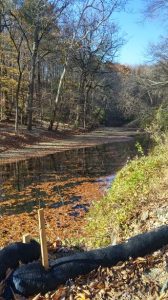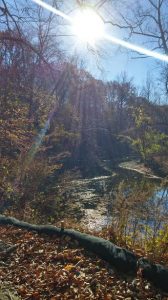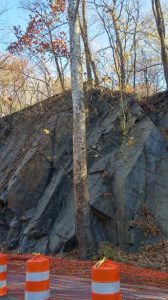https://www.google.com/maps/d/u/0/embed?mid=1vVlrpfzf0BNbf-NkQyLiVEN4E8E
I had originally scoffed at the thought that going home over break would be like going penologically back in time. When I got off the plane in DC however, it seemed that this was exactly what had happened. Most of the trees still have their leaves and many trees, like the silver linden trees lining my street are still green. These Norway maple trees at the entrance to a trailhead were especially vibrantly colored, a surprise after noticing that maples were among the first trees in Vermont to change color.
This morning I went on a hike with my mom and dog in Rock Creek Park and I was shocked by how much I was able to learn from this hike on trails that I have traversed countless times growing up. For instance, I realized that Rock Creek Park was likely a much older growth forest than what I had encountered in Vermont. Unlike the forests of Vermont, Rock Creek Park was never significantly deforested. When the city of DC was established as the capital in 1790, a very small section of the current 10 mile square city was actually developed. Where I live and where Rock Creek Park is now located was then considered to be a suburb. Therefore, the current park land was relatively unobstructed for several decades. During the Civil War, the development of forts surrounding the city led to some deforestation yet the destruction was insignificant compared to the forests of Vermont that were cleared for farming at about the same time. This is all evident in the tree composition and in the short hike I took, I came across many large oaks that were easily larger than 50 inches in diameter. After learning so much about the blight of American beech trees in Vermont, I was shocked to find so many mature beech trees in my home forest, easily comprising the majority of both the canopy and understory.
In 1890, Rock Creek Park became one of the first federally managed parks and today the National Park Service manages all 1700 acres of this park right in the center of the nation’s capital. From a wildlife biologist’s perspective, I am sure the park’s ecosystems would be considered very poor. Deer populations have spun out of control and are often the only wildlife to be found when hiking. The park land is extremely fragmented surrounding neighborhood developments and bisected by roads. Currently Beach Drive, a road running straight through the park is under a three year renovation making traffic nightmarish while also likely harming the wildlife. My hike went down Beach Drive this morning and while it seems as though the city is careful to reduce impact by lining the creek with sandbags, the construction will likely still cause harm.
From the perspective of the National Park Service however, Rock Creek Park is ideal. It is incredibly well used forested land right in the middle of a culturally diverse urban setting. Growing up several blocks from Rock Creek Park, trailheads nurtured my love of the natural world from a young age and I doubt I would be pursuing a career as an environmental scientist without it.
Rock Creek is tremendously different from my place on Lone Rock Point. The tree composition here is much less diverse, mainly composed of northern red oaks and American beech trees (outside of the park however there is huge diversity in tree species, with nearly each city street housing a different genus). Conifers dominate on Lone Rock Point yet here they are incredibly difficult to find. While the park is composed of small hills and ravines, Lone Rock Point is flat. The bedrock geology of the two places derives from different geographical histories and of course the bodies of water provide distinct ecosystem services entirely. 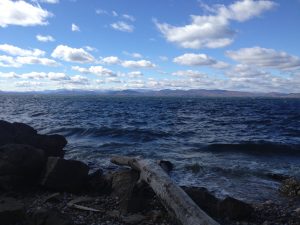
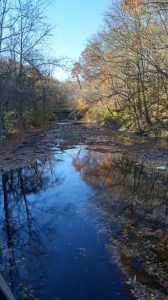
Rock Creek and Lone Rock Point are entirely different ecological phenomenas yet they each manage to fulfill the needs of their surrounding communities appropriately.
(Original Photographs Copyright Colby Bosley-Smith, 2016)


